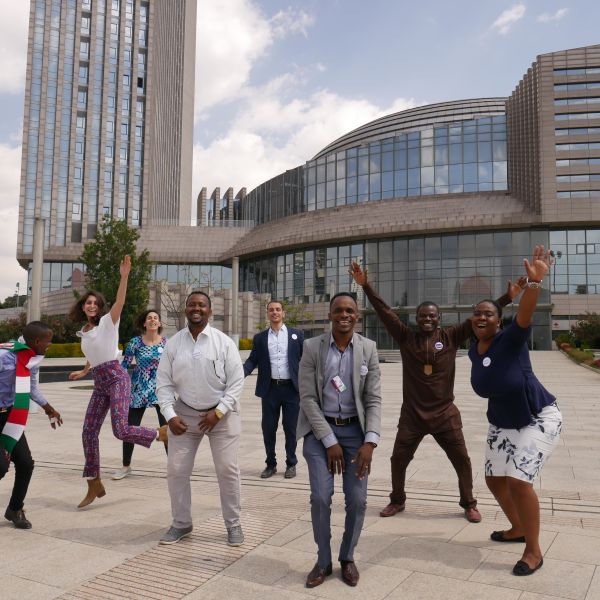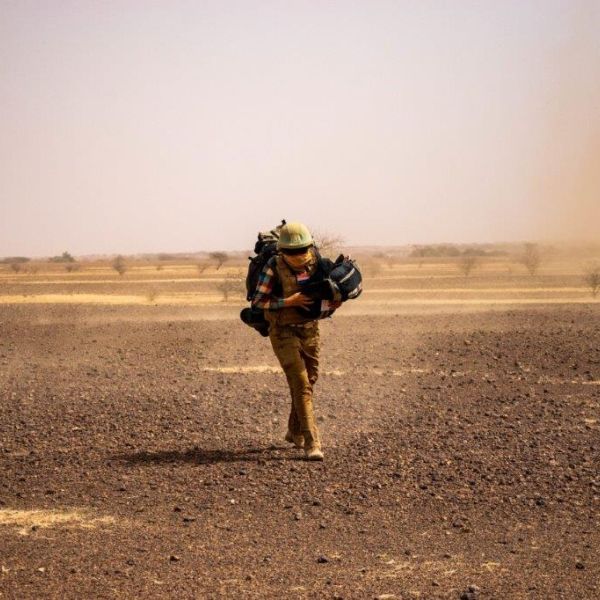75 years of UN in 75 stories: Erwin Kamp
In 2000, Erwin Kamp (1965) travelled with a United Nations mission to Ethiopia and Eritrea as a humanist chaplain. A visit to a mass grave left a deep impression.
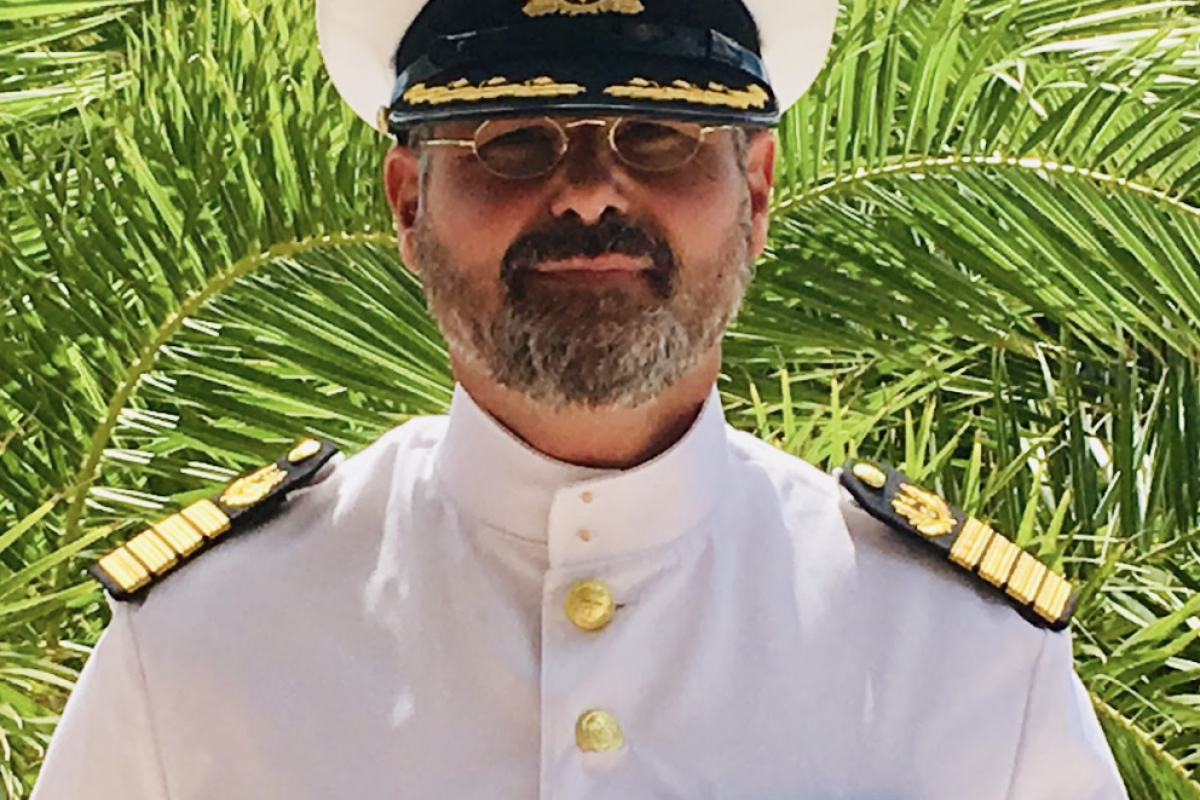
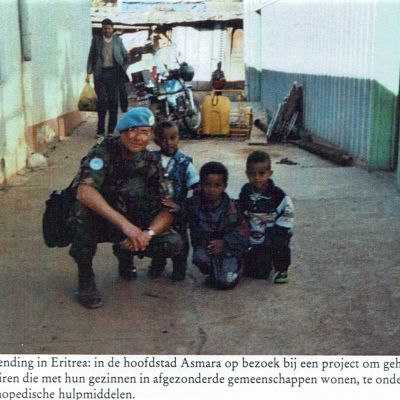

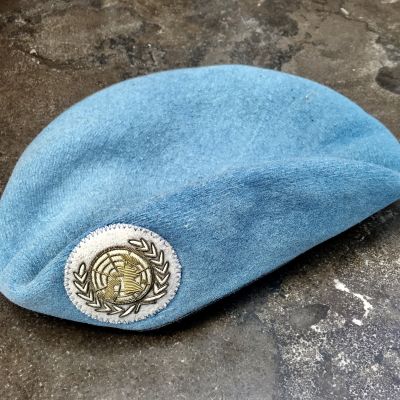
Between 1998 and 2000, a war between Eritrea and Ethiopia tore the Horn of Africa apart. It started with a dispute over the border between the two countries, which had never been properly defined after Eritrea declared independence from Ethiopia in 1993.
After the war ended with a cease-fire, the UN Security Council made the decision on 31 July 2000 to establish the United Nations Mission in Ethiopia and Eritrea (UNMEE). UNMEE oversees enforcement of the cease-fire and is active in landmine removal. The two countries are separated by a demilitarised zone. The Netherlands is a participant in this mission.
In 1991, after a bloody war, Eritrea seceded from Ethiopia. When the fighting was over, UN soldiers were sent in to keep the fragile peace. “A temporary security zone between the two countries had been established, and it was our job to make sure that no Ethiopian or Eritrean soldiers entered it.”
“Extreme situations confront you with values that are essential to you”
The mission made an unforgettable impression on Kamp. “During the war, the Ethiopian army had tried and failed to take a certain mountain. It had cost thousands of Ethiopian soldiers their lives. The Eritreans wanted to make an example of it, so they let the bodies lie there. When we got there, they had been there for over a year and half, just lying there in the blazing sun.
I knew the story, but I didn’t need to ever see the place with my own eyes. Too confronting. Until someone said to me, ‘You’re a chaplain. What will you do if somewhere down the line, someone comes to you who’s having problems because of what he saw there?’ And he had a point. So I decided to go.”
“In the letter, I described the sickly sweet stench that hung in the air”
During the mission, Kamp sent a letter back to the Netherlands every week. He also wrote about what he had seen on those days. “I recently went back and read them again. I started out by just reporting the facts, but they gradually got more and more detailed. I described the heavy, sickly sweet stench that hung all over the place. The vast numbers of bullet casings that were everywhere. The fact that some of the bodies had nearly decomposed, but on some you could still see a facial expression.”
As horrible as it was, Kamp says the experience did enrich him on many levels, including in his personal life. “These kinds of extreme situations confront you with values that are essential to you.”
The experiences of Kamp and the others on the mission were, in part, what prompted the UN to make arrangements in the peace negotiations on giving these dead a proper burial.
There is only one place on earth where nearly all the nations of the world sit around the table: the United Nations. The UN focuses on issues that transcend the borders of countries or even affect the entire world, such as peace and security, climate change, education, health, cultural heritage, economic development, and more. To many, the work of the UN seems very abstract, but by engaging with rescue workers, peacekeepers, aid workers, diplomats, eyewitnesses, soldiers, and others involved with the UN, it becomes clear how important the work of this organization is. This is exactly what Humanity House has done. Unfortunately, this organization had to close its doors, but Just Peace and Museon-Omniversum have teamed up to preserve their stories. You can now find these stories on Just Peace's website, and some of them are also included in an exhibition about the UN at Museon-Omniversum.
The 75 Years of UN Stories were collected and curated by Frederiek Biemans for Humanity House.



